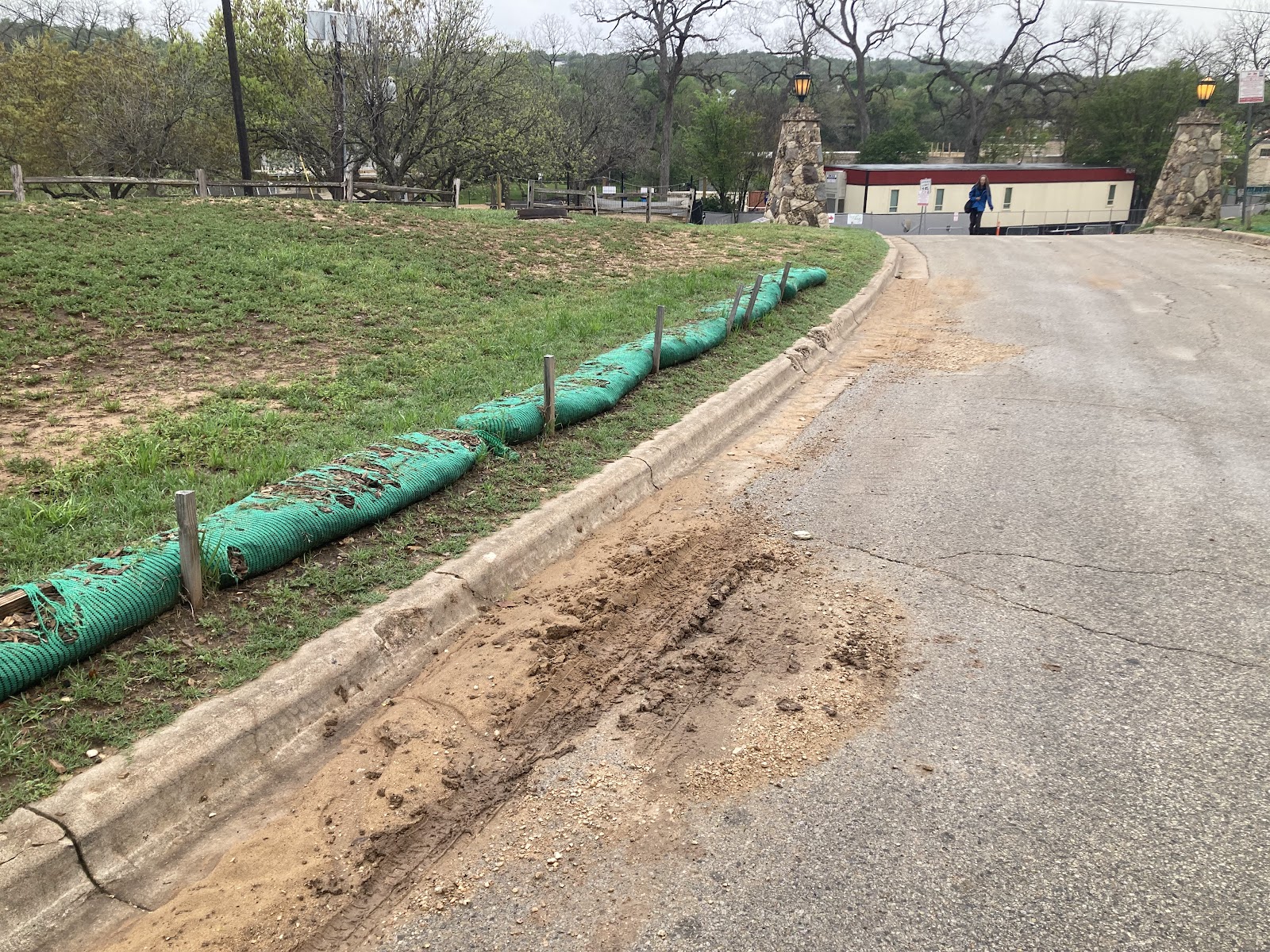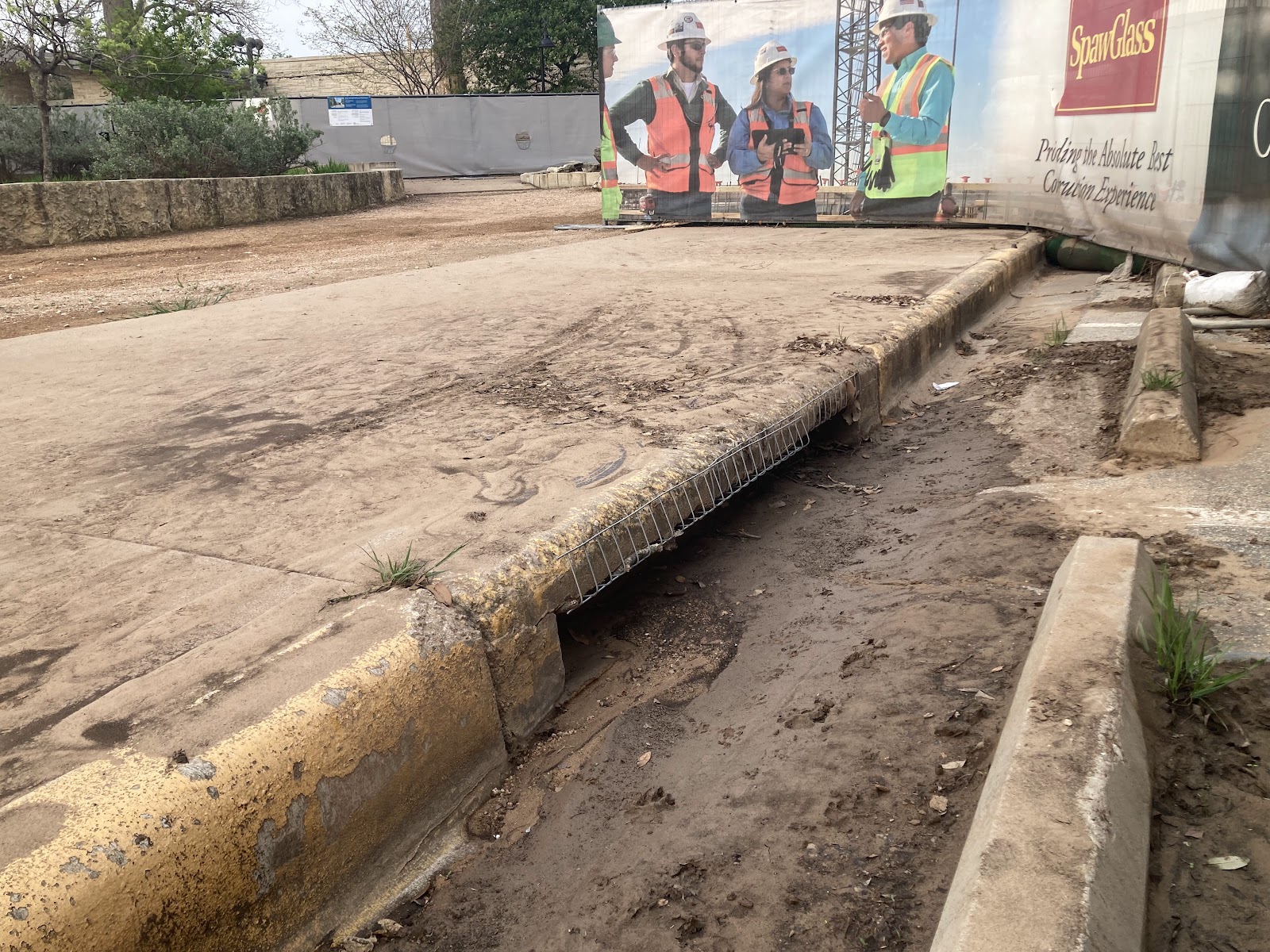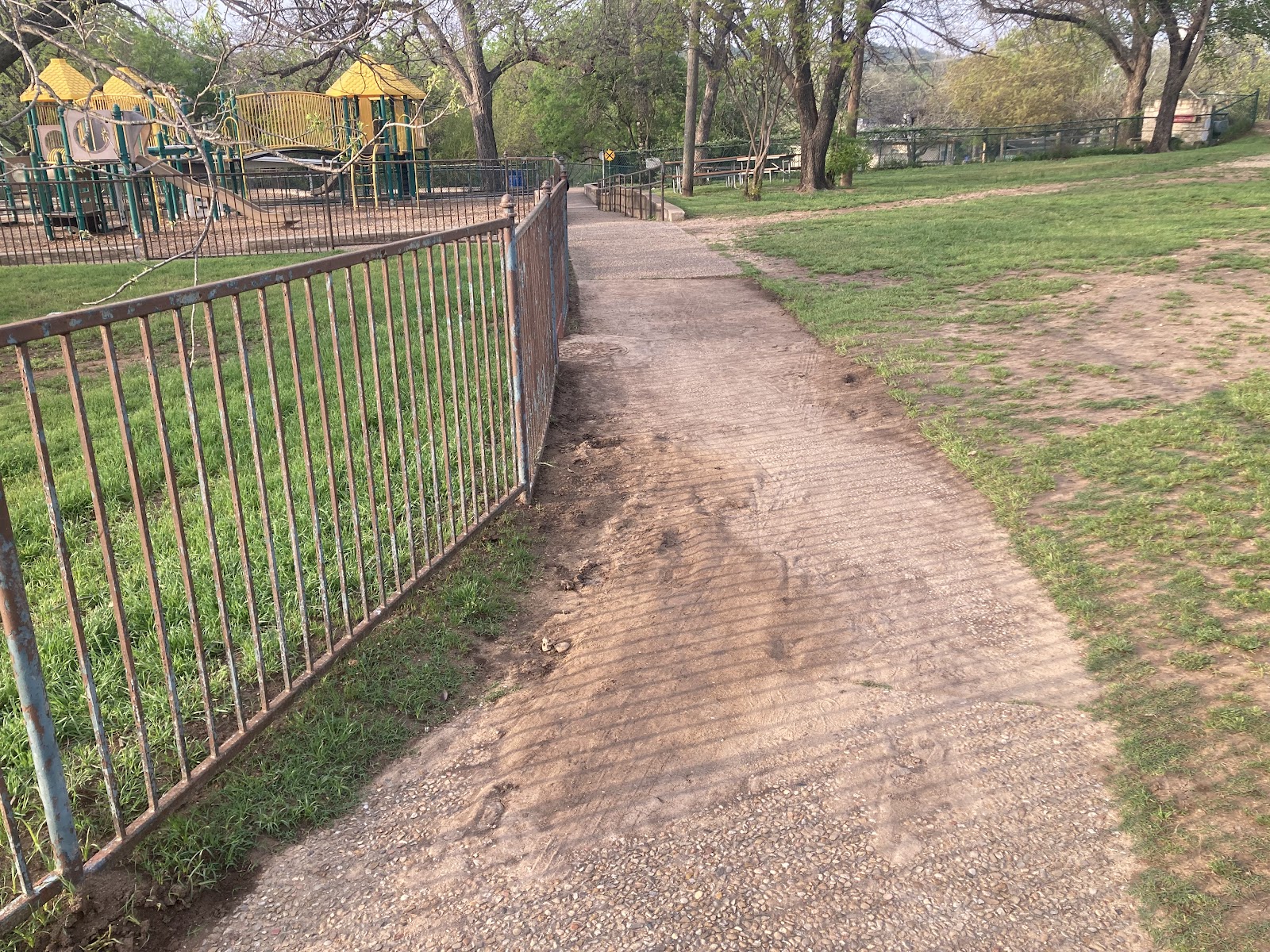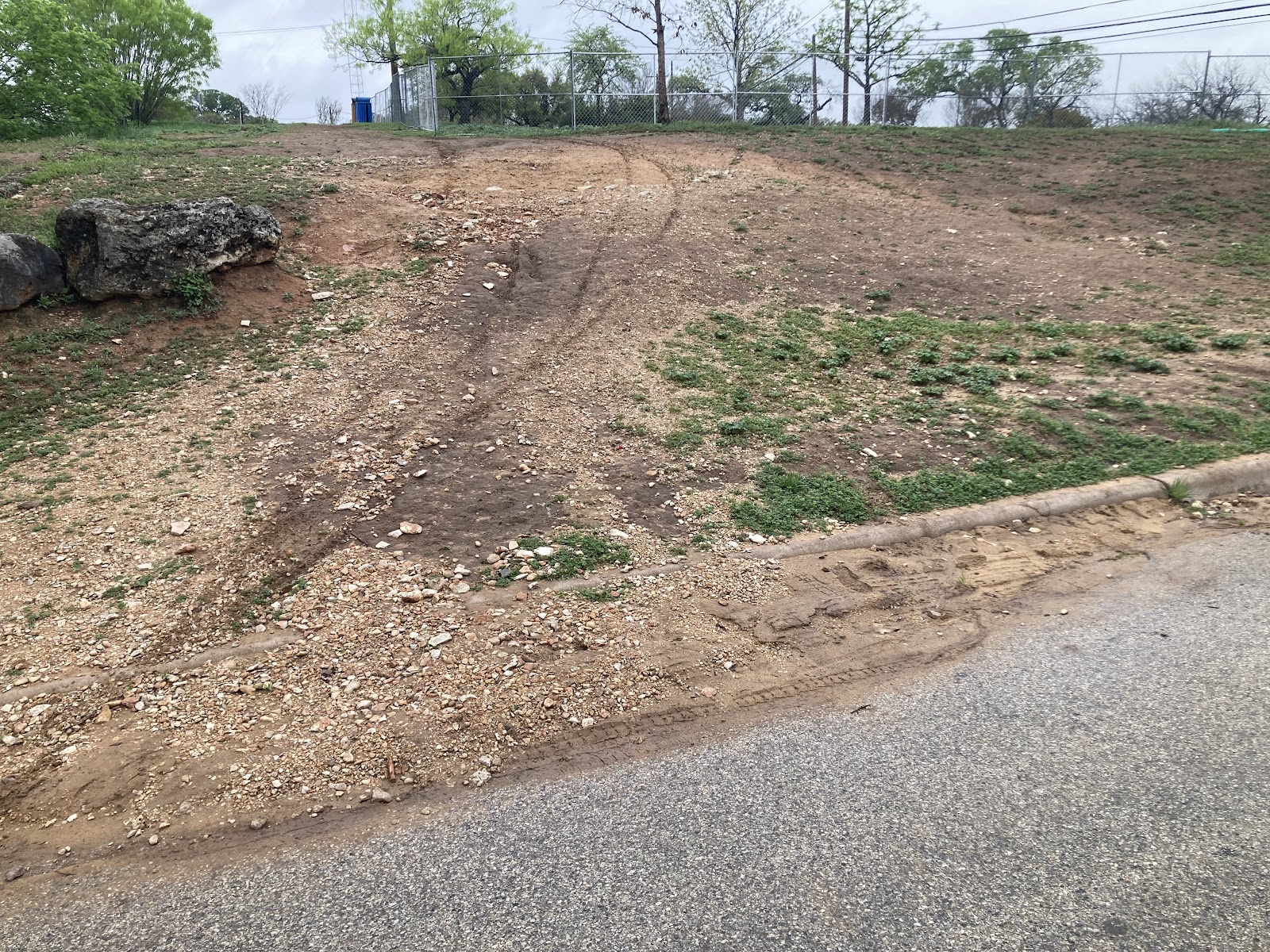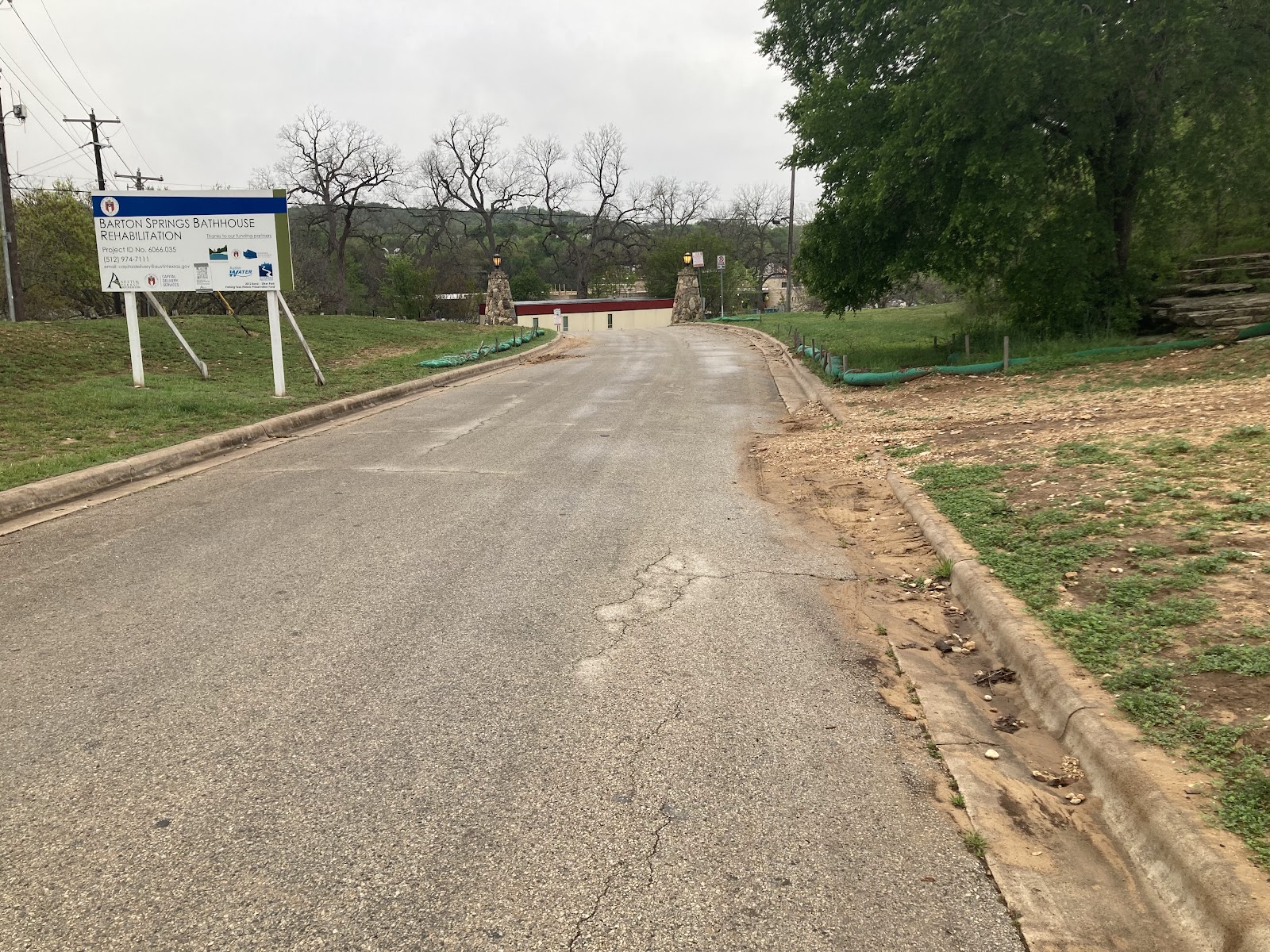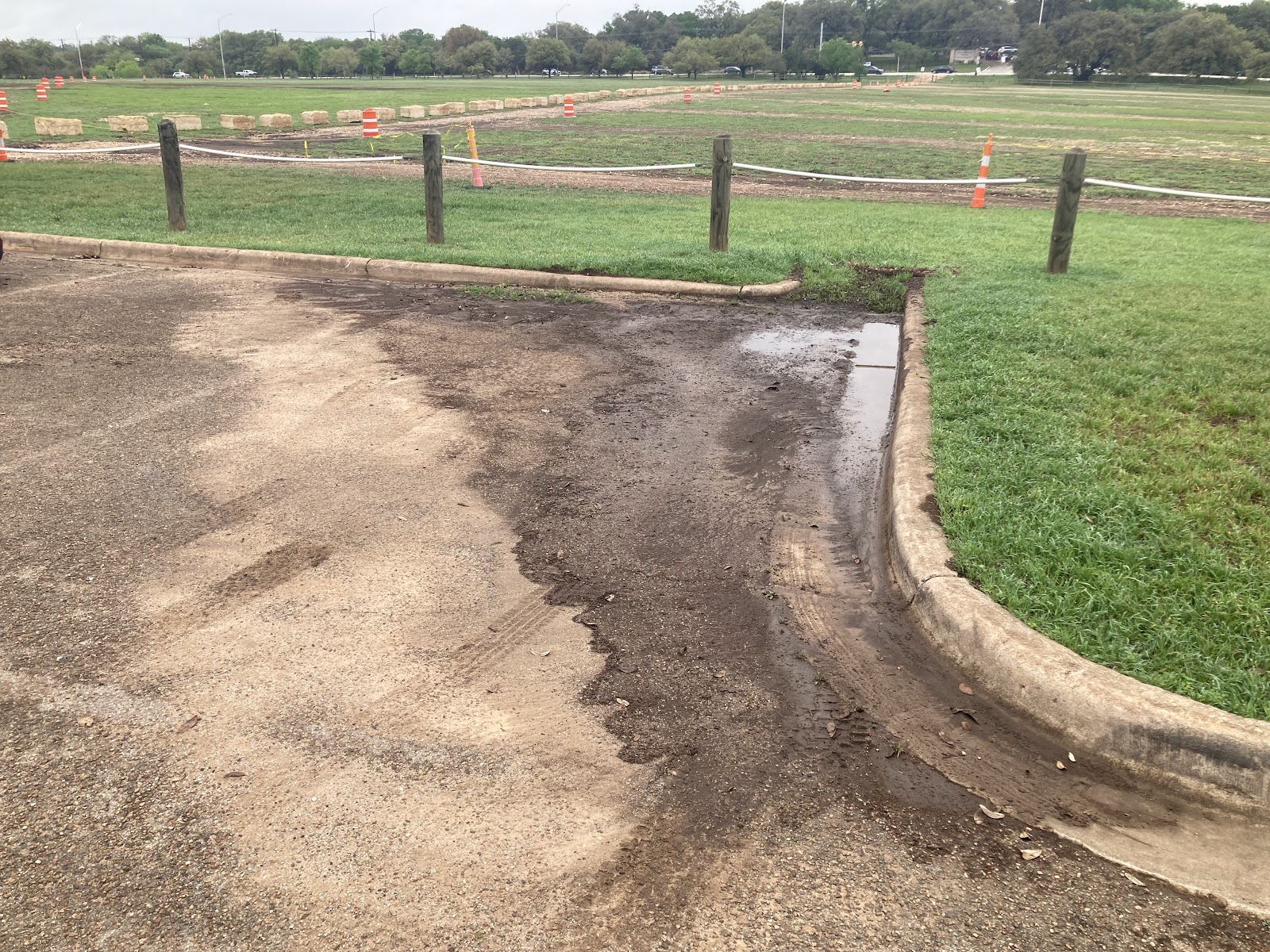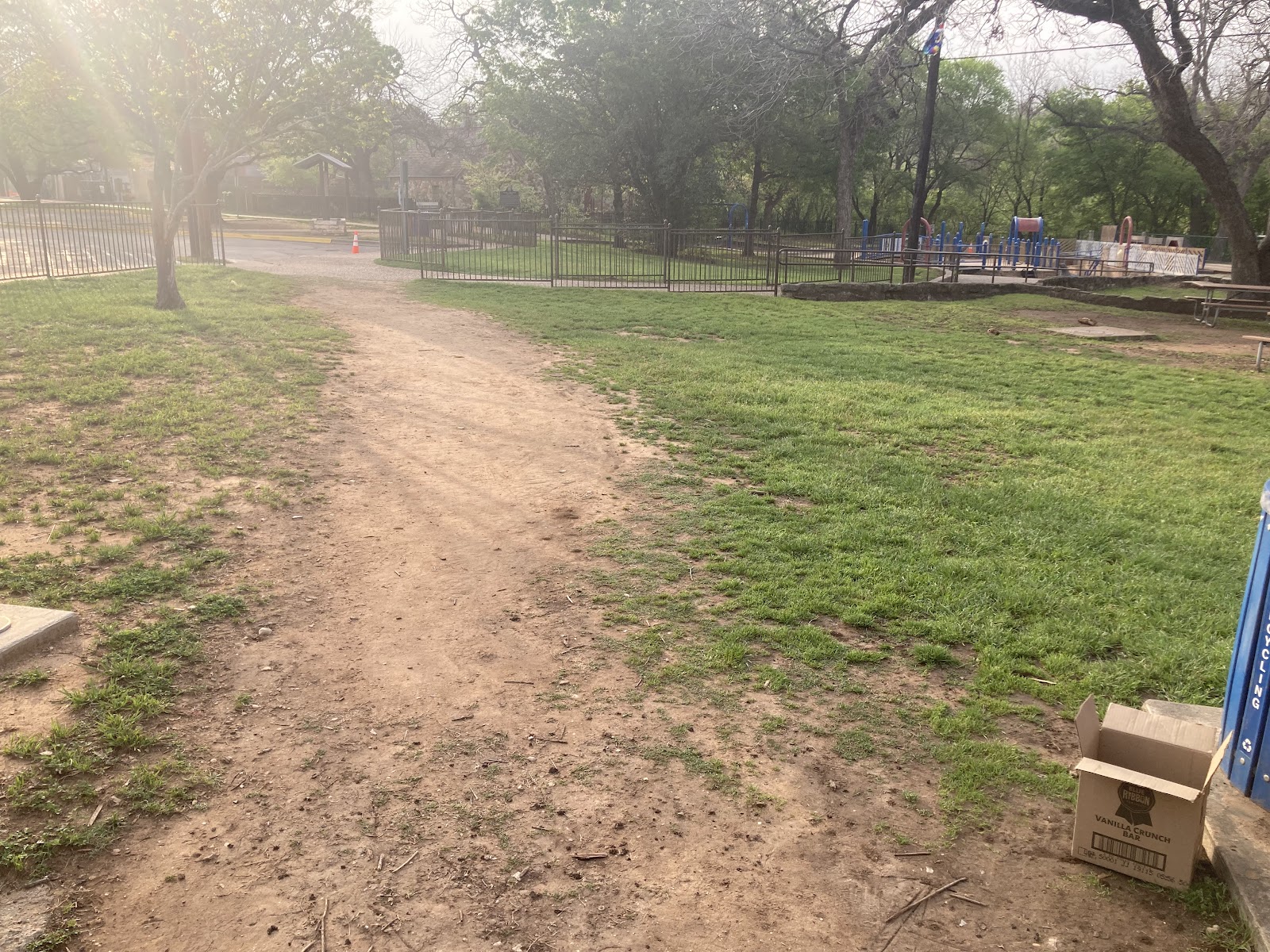This is perhaps the most important in the long run, in my opinion:
(0) CONTRACTS:
Will the PARB and EC be partners in designing the future standard contract and RFP’s (the future standard concession contracts) to ensure robust annual price reporting, environmental reporting, environmental investing, and fiscal transparency of concession profits earned and expended? We need to know what the standards are so that we can compare expectations to reality.
Does the TTC’s management role of all concessions in the Park allow them (a) to solicit and approve new vendors? (b) to directly own and operate the current concessions in the Park? In other words, could they kick out current concession vendors to replace them with friends or claim a concession as their own TTC owned and operated business (like the APF Train)?
=====================================
(1)
Please explain the TTC’s reported loss of nearly $500K in 2023?
Meaning: Is TTC a reliable fiscal partner to oversee all concession revenue? Will they be tempted to use concession revenue as “unrestricted revenue” rather than Park O&M revenue?
Because — according to the TTC’s Phase 2 Request March 31, 2024 — the TTC’s plan for spending the concession revenue in 2025 allocates $310K to “unrestricted contributions.” (see attached "page 8 of 03-31-2024 TTC POMA Request Phase 2 Notice copy.png" )
Definition: “Unrestricted funds, also known as funds without donor restrictions, are funds the nonprofit is free to spend as management deems appropriate.”
Does that mean that concession revenue is actually “unrestricted” and could be spent on TTC-built assets? Or will concession revenue be deposited into a Park Operations Fund and used exclusively for Park O&M, as required by contract?
=====================================
(2)
The Reserve Fund represents a protection of the environment or built structures in the event of extraordinary circumstances, such as bankruptcy of the TTC or an extreme weather or other destructive event.
When the POMA was signed in 2022, what was the target dollar value of the Reserve Fund after all 4 Zones moved into Phase 3?
Based on that, what should the Reserve Fund balance be for 4 Zones in Phase 2?
Is the TTC’s deposit of $40K sufficient to protect 4 Zones?
=====================================
(3)
TTC is a builder of TTC-owned assets in the Park, for which they solicit CoA contributions and private donations. However, their POMA explains that they participate in park-wide O&M — not just O&M in the areas surrounding concessions that they manage.
The 2025 Annual Implementation Plan says that the TTC’s obligations for O&M in Phase 2 are UNCHANGED from Phase 1 except that TTC can manage reservations for people to use their TTC-built assets (this is another revenue source, not O&M).
How much money is TTC spending on O&M?
Is the TTC’s budget allocation for Park O&M (operations and maintenance) increasing year-over-year? Or collapsing?
Please report the TTC’s expenditures for O&M for the past several years.
=====================================
(4)
In December 2023, TTC anticipated Phase 2 in only one Zone (SE) in 2025. Three months later, TTC requested four Zones in 2025. The only change that happens in Phase 2 is: concession revenue goes to the TTC. The 2025 Annual Implementation Plan says that the TTC’s obligations for O&M in Phase 2 are UNCHANGED from Phase 1 except that TTC can manage reservations for people to use their TTC-built assets (this is another revenue source, not O&M).
On what basis was TTC determined to have satisfied the requirements for Phase 2 in all four Zones? Can PARD detail the Phasing milestones TTC accomplished to earn four Zones in one year? Were the TTC Phasing milestones in March 2024 different from those completed by December 2023?
Was the nearly $500K financial loss of TTC in 2023 a factor in the CoA approving Phase 2 in 2025: Giving TTC four Zones of concession revenue to make up for TTC’s financial losses?
=====================================
(5)
Can PARD change the reporting of “Gross Sales” (which includes Sales Tax) to “Net Revenue” to be consistent with temporary concession revenue reporting? This would allow a better eyeball-guess when considering whether the concessions are profitable. At present, the revenue appears overstated because Sales Tax is included. It matters.
=====================================
(6)
PARD already has the IRS report for each vendor. Can PARD include the most recent IRS report for each concession? Perhaps as backup material?
=====================================
(7)
Could PARD include an income and profit statement (P&L) for each vendor? PARD already receives a monthly P&L from TRC. Could PARD simply ask for the annual P&L from each vendor and include it? Maybe in backup? Include account details?
=====================================
(8)
Can PARD report — for each Nonprofit-managed concession — the total concession revenue to the Nonprofit; confirm that this matches the total deposits into the Park Operations Fund, and report the total expenditures on park-wide O&M from the Fund? Examples of TTC's O&M expenditures with photos would be helpful.
=====================================


